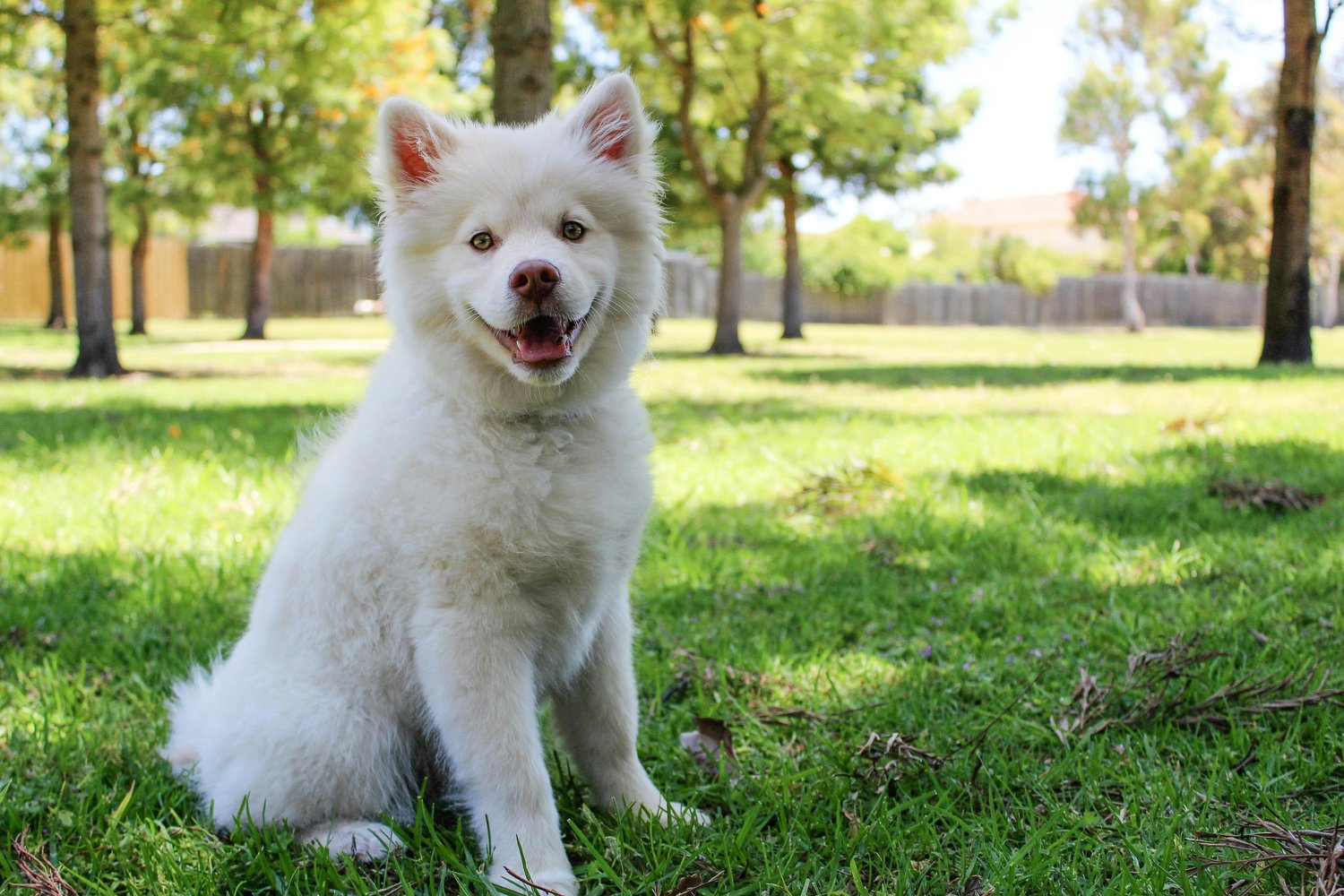In your adventures of dog ownership, you may have heard of a marker word. If you've heard of clicker training, it's exactly the same concept, but allows the handler to use his/her voice instead of having to handle another training tool and always having a clicker readily accessible. Clicker training/using a marker word has become incredibly popular in dog training, particularly in LIMA and R+ positive-reinforcement based training.
What exactly is it?
The Marker Word:
Your marker word is a signal to your dog that his behavior was desirable. The marker word is a signal for your dog that means “a treat is coming.” Always follow up your marker word with a treat. This supercharges your marker word into creating an involuntary response in your dog that will instantly associate the behavior with a reward.
Use a word like “Yes!” in an upbeat, happy tone. Try to use the same tone each time to keep it consistent for your dog. The actual word you use doesn't matter, but once you choose it must be consistent. Always use the same word and try to use the same tone, making it sound as uniform as possible.
You’re creating a Pavlovian involuntary response in your dog (Remember the physiologist with dogs and bells?). The marker word is a powerful tool, and is extremely helpful in any area of training.
Introducing a marker word is a clear, concise way to let your dog know in real-time what exact behavior you’re rewarding. Simply say “Yes” and toss your dog a treat to begin associating your marker word “Yes” with a reward. Repeat until your dog is visibly anticipating a treat when you say the marker word.
Is it like saying Good Dog?
In a way yes, but not really. Saying "Good dog!" may be a motivating reward for your pup if he/she appreciates verbal praise or pats, but it doesn't elicit the same automatic, expectant response as a properly conditioned marker word.
A supercharged marker word should cause your dog an involuntary expectant reaction that he knows a treat is coming. Essentially, a marker word is a bridge from the desirable behavior your dog displayed to the reward. Using a treat alone for a reward can cause confusion as there's typically a 2-3 second delay to get a treat out to reward a behavior - by then, your dog may have forgotten what behavior you're even rewarding. Using a marker word pinpoints an exact moment in time where your dog displayed a desirable behavior, and buys you time to get a treat from your treat pouch without confusing or distracting your dog.
"Good Dog" should be reserved for times you want to encourage your dog to continue to display good behavior, but aren't going to immediately follow up with a treat. Rewards like "Good job!" and "Good dog!" are great duration markers that encourage your dog with a low-level praise reward that is not going to involve food, like when your dog is walking politely on leash or holding a down-stay. Reserve your marker word to always be followed up by a treat.
Training Tip
When "supercharging" the marker word, you want to reward the marker word at least 20-30x per day to create a really strong, automatic response in your dog. Use your dog's kibble before meal-time or really small bits of training treats to prevent overfeeding or causing your dog an upset stomach.

